One of the most important aspects of nutrition is not necessarily what we eat, but what parts of our food we actually absorb into our bodies. Perhaps the adage …should be changed from “you are what you eat” to “you are what you absorb”!
Nature has developed a method for forming microscopic structures in our digestive tract to ensure that important nutrition is turned into a form that can be absorbed and utilized in our bodies.
Imagine that you just took a big spoonful of yellow curry and are enjoying the flavor but also happy about the curcumins it will provide. Once it reaches your stomach, those very oily curcuminoids form large fat bubbles in your stomach. Of course, it is impossible for your body to absorb this large bubble directly into your blood for distribution into your body, so your digestive system breaks it up into smaller and smaller bubbles. Even when these bubbles are tiny, our bodies cannot absorb them. At this point, your stomach wraps up the bubbles with other ingredients called phospholipids and makes a micelle.
The tiny micelles (single walled liposomes) are then absorbed at very high rates into the blood. Unfortunately, only a small portion of the nutrition we consume makes it all the way to this liposomal nanotechnology and is absorbed.
In this respect, we looked at vitamin C absorption in the body. At the 4 gram doses that we studied, Vitamin C powder’s absorption was the same as lower (e.g. 2 grams) and higher amounts (e.g. 5 grams). This is a simple illustration of how your body can reach its limit of vitamin C absorption, to the point where the amount you eat becomes irrelevant.
The next step was to determine how well liposomal vitamin C absorbs. We started by wrapping the vitamin C in liposomes (double walled micelles). That way, we could ensure that all the vitamin C was in the same nanotechnology form that your body uses to absorb nutrition. We basically did all the work for the digestive tract prior to ingestion. The results show that liposomal vitamin C absorbs at higher rates than powdered vitamin C.
We then wanted to understand the effect that vitamin C has on oxidative stress during a specific type of event called ischemia reperfusion injury, which typically occurs during cardiac arrest and stroke. Ischemia reperfusion describes a situation when your blood flow stops and deprives the tissue of oxygen (ischemia) and then the blood supply returns (reperfusion). This type of injury is characterized by high oxidative stress and oxidative injury due to the reactive oxygen species that are generated during the event.
The results from this study showed that if vitamin C is ingested prior to ischemia reperfusion, the oxidative stress (as measured by lipid peroxidation) is reduced, even though it should have increased during ischemia reperfusion.
This study was the first example of a peer reviewed clinical study showing that liposomes can increase the absorption of vitamin C.
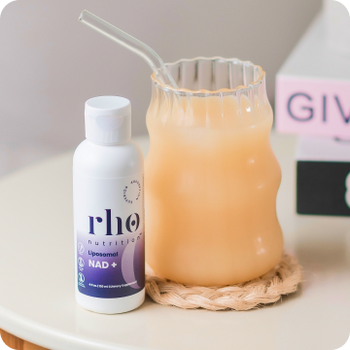

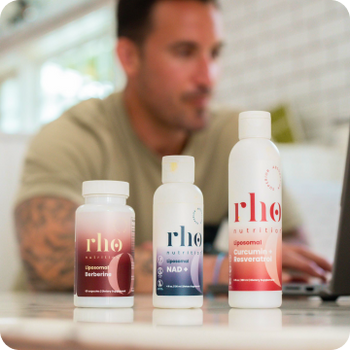
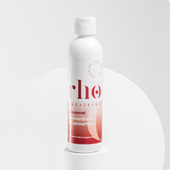
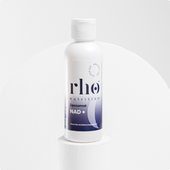


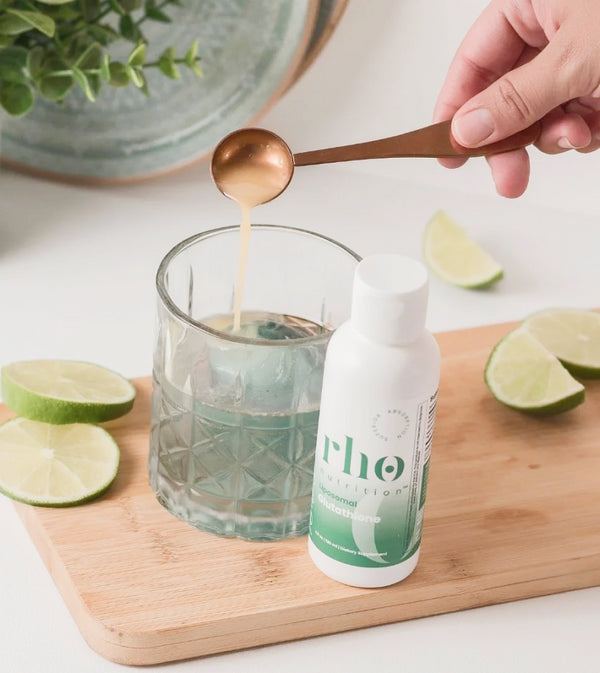
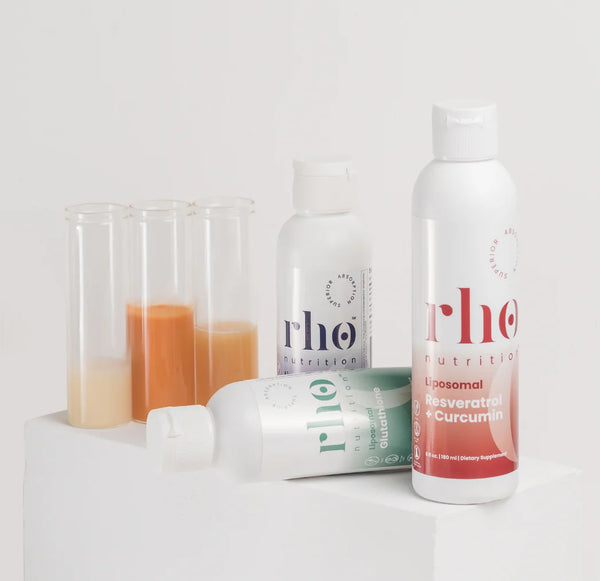
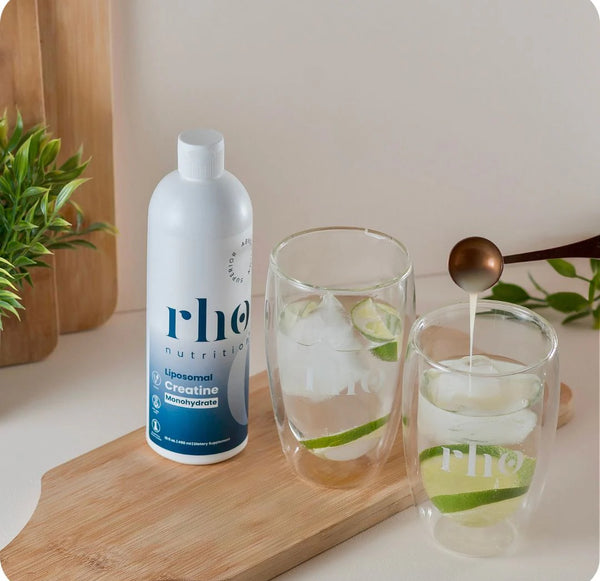



Leave a comment